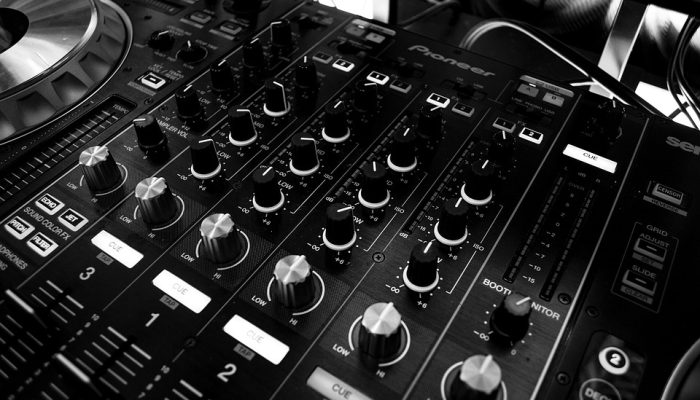
The Art of Cinematic Sound Design: Crafting Immersive Audio Landscapes
Sound design in cinema is a multifaceted art form that goes beyond mere audio accompaniment to images. It involves creating intricate sonic environments that enrich storytelling, evoke emotions, and immerse audiences in the world of the film. From the early days of silent films, where live music and basic sound effects were synchronized with visuals, to the advent of synchronized sound in the late 1920s, cinema has continually evolved in its use of sound to enhance narrative impact.
Stereo sound, introduced in the 1950s, expanded the auditory experience by introducing spatial depth, while surround sound systems in the 1970s further enhanced immersion by enveloping viewers in a 360-degree audio environment. These advancements paved the way for modern techniques like Dolby Atmos, which allow sound designers to precisely position and move audio elements within a three-dimensional space, creating a more realistic and dynamic auditory experience.
The role of sound design extends beyond realism; it is integral to shaping mood and atmosphere. Ambient sounds, such as background noises and environmental cues, establish the setting and context of a scene. Foley artists meticulously recreate everyday sounds, from footsteps to rustling leaves, to enhance the believability and texture of on-screen actions. Meanwhile, sound effects engineers craft specialized sounds to punctuate dramatic moments, heighten tension, or evoke specific emotional responses from viewers.
In addition to creating auditory landscapes, sound designers collaborate closely with composers to integrate music seamlessly into the narrative. The interplay between sound effects, music, and dialogue underscores key story beats, underscores character emotions, and guides the audience’s emotional journey through the film.
Advancements in technology continue to push the boundaries of sound design in cinema. High-definition audio formats and advanced digital processing techniques enable greater fidelity and clarity, while innovations in virtual reality (VR) and augmented reality (AR) are exploring new frontiers in immersive storytelling. These technologies not only enhance the cinematic experience but also challenge sound designers to innovate and experiment with new ways to engage audiences on a sensory level.
Cinematic sound design is a vital and dynamic aspect of filmmaking that enhances narrative depth, emotional engagement, and audience immersion. By skillfully combining technical expertise with artistic creativity, sound designers shape the auditory landscape of films, ensuring that every sound contributes meaningfully to the overall cinematic experience.